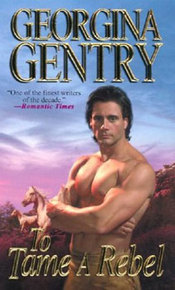Last week, I talked about the long road to publication for THE MAN WITH THE IRON-ON BADGE,which came out this month to some terrific reviews (including a starred review from Kirkus and a rave from Publishers Weekly). Here are s0me of the rejections the book got over the years. I’ve edited out the names of the companies and editors.
"The manuscript was a lot of fun — definitely a good read and a fresh angle. We seriously considered it since it is so unique, but ultimately we have to pass since we are moving away from mysteries and thrillers…"
"I am going to have to pass on an offer at this time. We must be extremely selective with the titles we bring on."
"Thanks so much for the extended look at THE MAN WITH THE IRON-ON BADGE. You know I hold Lee in the highest regard and I thought he treated this mystery with great humor and enthusiasm. Though I think the conception is novel, in the end I just thought that the plot development moved a little too slowly for us to be really able to break this out commercially. Furthermore, though I think Harvey Mapes is a great protagonist, I just didn’t think the ‘fish out of water’ conception would play out successfully in a very crowded and competitive market."
"This story is well-written and entertaining; however, the tone is not quite right for our list and overall it would be very difficult to publish."
"This is going to be a pass for me. Though I thought the writing was strongly readable and mildly humorous, the protagonist likeable and the overall delivery well structured, I’m afraid the overall storyline wasn’t strong or original enough for me."
"I agree it is an unusual crime story. Unfortunately, we find the market is glutted with crime fiction right now and the market is not kind these days. Simply put, I did not find this manuscript special enough to warrant an offer."
"Lee Goldberg is a great writer but I’m afraid I didn’t respond to the first person voice the way I would have liked in order to confidently take it on for my list here and be its advocate."
"Lee has a good sense of humor and a great grasp of the down-and-out detective genre. I found the story here entertaining, and though it’s not perfect, I asked the publisher to read it. He was not as enamored of it as I was and I lost the battle of wills."
"It’s a lot of fun and very professionally done, but I just don’t see it for my list. I’m sorry, because I liked Harvey. I loved the wit, I admired the use of the L.A. setting. This is one of the better PI novels I’ve ever read."
Read more





